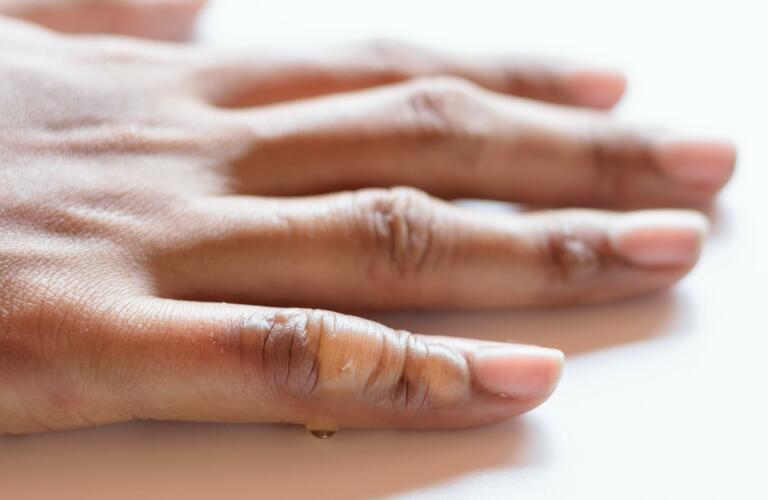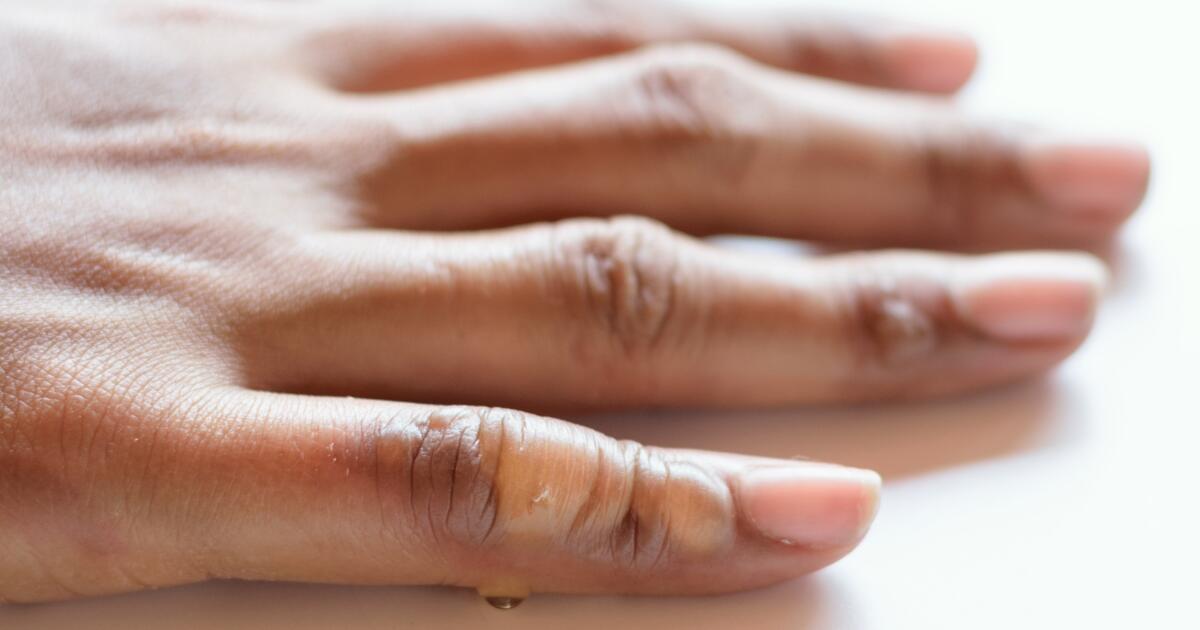[ad_1]

All burns hurt, but how do you know when you should see a doctor to treat your burn? Pain can provide one clue, and you also can assess whether it’s a first-degree, second-degree or third-degree burn. Adults and teenagers can safely treat first-degree and mild second-degree burns at home, but severe second-degree and all third-degree burns require prompt medical attention. And burns of any degree on an infant or elderly person should be evaluated by a professional.
Doctors categorize burns by their severity, or degree. First-degree burns affect only the top layer of skin (the epidermis). Sunburn is a good example of a first-degree type burn. These burns usually are quite mild, though they may hurt a lot.
Second-degree burns penetrate the epidermis and extend into the next layer of skin, the dermis. Second-degree burns usually are subdivided into two further categories: mild and severe. Mild second-degree burns fully penetrate the epidermis but just barely reach into the dermis. Severe second-degree burns extend deeply into the dermis but never reach the underlying fatty tissue.
Third-degree burns destroy all the tissue of the epidermis and dermis, and they extend into the fatty tissue below the dermis. Third-degree burns often destroy pain-sensing nerves in the lower layers of skin, which means they may not hurt very much. These burns always require medical intervention.
What First-Degree Burns Look Like
Most people can tell if a burn is mild or not. If it is mild, then it’s a first-degree burn. First-degree burns might hurt, but the pain becomes tolerable fairly quickly. These burns can be localized (only affecting a small area of skin, such as a mark on your hand where you bumped against a hot iron), or they can cover a large area, like a sunburn on your chest. First-degree burns do not penetrate the skin or cause blisters. The skin will look dry and may be raised or welted in the area of a first-degree burn. Looking at the edge of the burn area, you should not be able to see any lower skin layers. The entire burn should be on the surface of the skin.
What Second-Degree Burns Look Like
Second-degree burns feel more painful than a mild first-degree burn, and the pain may take longer to subside. In general, a mild second-degree burn will produce one or more visible blisters. By contrast, a severe second-degree burn may not exhibit any visible blisters but instead might look red and glossy. A serious second-degree burn might glisten with a dewy look, as fluid molecules form on the wound. Second-degree burns have well-defined edges, and if you look carefully at the edge of the burn, you should be able to see distinct skin layers where the burn has penetrated the epidermis.
Mild second-degree burns confined to a small area with a little blistering can be safely treated at home; but severe second-degree burns that cover a larger area or look red and glossy deserve medical attention.
What Third-Degree Burns Look Like
A third-degree burn will not produce blisters or look wet. Instead, it will look dark red, dry, and leathery. Touching a third-degree burn usually does not cause pain. You will easily be able to see that the burn penetrates deeply into the skin, and you may even see yellowish, fatty tissue in the wound bed. Seek emergency medical treatment (or call 911) for any burn you suspect to be a third-degree type.
The deeper the damage extends, the higher the burn degree. Fourth-degree burns penetrate through fat, fifth-degree burns reach through the muscle, and sixth-degree burns extend to bone. These burns can be fatal depending on the affected body area.
If an infant or elderly person experiences a burn of any degree, you should seek medical attention. You also should have a doctor look at any circumferential burns (those that wrap all the way around a body part, such as the leg) and burns to the face, neck, hands, genitalia or feet.
Otherwise, you can safely treat first-degree and mild second-degree burns at home. Try:
- Running cool tap water over the burn or applying cool compresses for the first 30 minutes. Do not apply ice, as this can slow the healing process.
- Covering the burn with a non-stick bandage. You can apply antibiotic ointment or aloe vera gel to keep the burn moist for the first couple of days, but don’t keep the wound wet longer than that.
- Over-the-counter pain medicine to alleviate the discomfort
If you suspect a burn is severe, call 911. Simply cover severe burns with a clean, moist cloth until examined by a doctor. Third-degree burns can be life threatening and always require skin grafts to heal. Even severe second-degree burns can cause serious harm. When in doubt, go to your local urgent care or an emergency room to have any burn evaluated.
[ad_2]
Source link
